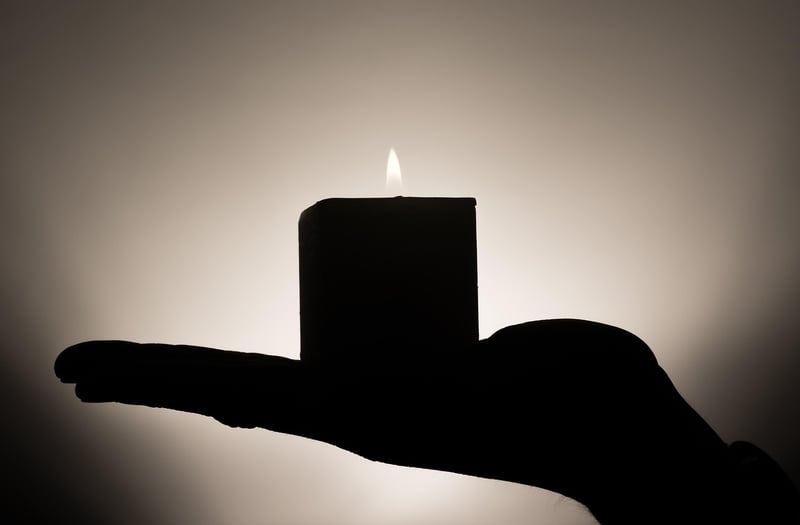Pranayama Techniques
Enhance Your Well-being with Mindful Breathing and Pranayama Techniques
Are you feeling overwhelmed, stressed, or just in need of a moment to center yourself? Incorporating mindful breathing and Pranayama techniques into your daily routine can help you find calm, reduce anxiety, and improve your overall well-being. Let's explore these powerful practices and how you can incorporate them into your life.
Mindful Breathing
Mindful breathing is a simple yet effective technique that involves focusing your attention on your breath. By bringing awareness to each inhale and exhale, you can anchor yourself in the present moment and quiet the mind. Here's how you can practice mindful breathing:
- Find a quiet space: Sit or lie down in a comfortable position where you won't be disturbed.
- Close your eyes: Shutting off visual stimuli can help you turn your focus inwards.
- Take deep breaths: Inhale slowly through your nose, feeling your abdomen rise, then exhale through your mouth, noticing the sensation of breath leaving your body.
- Focus on your breath: Pay attention to the rhythm of your breathing, the temperature of the air, and how your body moves with each breath.
- Stay present: When your mind wanders, gently guide your focus back to your breath without judgment.
Pranayama Techniques
Pranayama, the yogic practice of breath control, offers a variety of techniques to enhance vitality and mental clarity. Here are a few Pranayama techniques you can try:
- Ujjayi Breath: Also known as "ocean breath," this technique involves breathing in and out through your nose while slightly constricting the back of your throat, creating a soft sound resembling ocean waves.
- Alternate Nostril Breathing (Nadi Shodhana): This technique involves breathing through one nostril at a time by using your fingers to block off either nostril alternately. It is believed to balance the left and right hemispheres of the brain.
- Kapalabhati Breath: This rapid, forceful breathing technique involves short, strong exhales and passive inhales. It is thought to cleanse the body and invigorate the mind.
Practicing these techniques regularly can help you cultivate a deeper connection to your breath, reduce stress, and promote a sense of inner peace.
Benefits of Mindful Breathing and Pranayama
Both mindful breathing and Pranayama offer a wide range of benefits for your physical, mental, and emotional well-being, including:
- Reduced stress and anxiety
- Improved focus and concentration
- Enhanced relaxation and better sleep
- Increased energy levels
- Balanced emotions and mood
Whether you practice these techniques for a few minutes each day or incorporate them into your yoga routine, you'll soon experience the transformative effects they can have on your life.
Take a Moment for Yourself
Next time you feel overwhelmed or simply in need of a break, take a few moments to practice mindful breathing or try a Pranayama technique. Allow yourself the gift of presence and self-care through these powerful practices.
Embrace the power of your breath and discover the profound impact it can have on your well-being.


